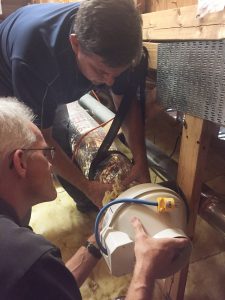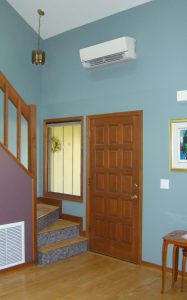By Jennifer Josey
National Renewable Energy Laboratory
February 22, 2018
How many times have you completed a system upgrade for a device only to find that it’s glitchy? No one wants to “upgrade” to downgrade, and we don’t like being inconvenienced as things get “smarter.” This is just as true for our homes. Reducing energy consumption (thereby saving money) is a key driver for smart, integrated tech (think smart thermostats); however, adoption is lower if an upgrade risks compromising resident comfort.
Whole-house, smart ventilation is one such up-and-coming “smart” technology. But before it takes off, there are a couple of hurdles to jump: integration with standard heating and cooling systems, and proving the risks are limited and the benefits are many. Researchers with the University of Central Florida’s Florida Solar Energy Center® (FSEC®), in partnership with Washington State University, are tackling smart ventilation systems head on.

In a first-of-its-kind report, “Field and Laboratory Testing of Approaches to Smart Whole-House Mechanical Ventilation Control,” FSEC documented research on lab and field testing of smart ventilation control (SVC) systems. The report explains that whole-house mechanical ventilation is a critical component to a comprehensive indoor air quality (IAQ) strategy. In addition, these systems can help the residential sector more reliably design, install, and operate mechanical ventilation systems to achieve best-practice IAQ while saving energy and improving comfort, moisture, and peak load impacts.
